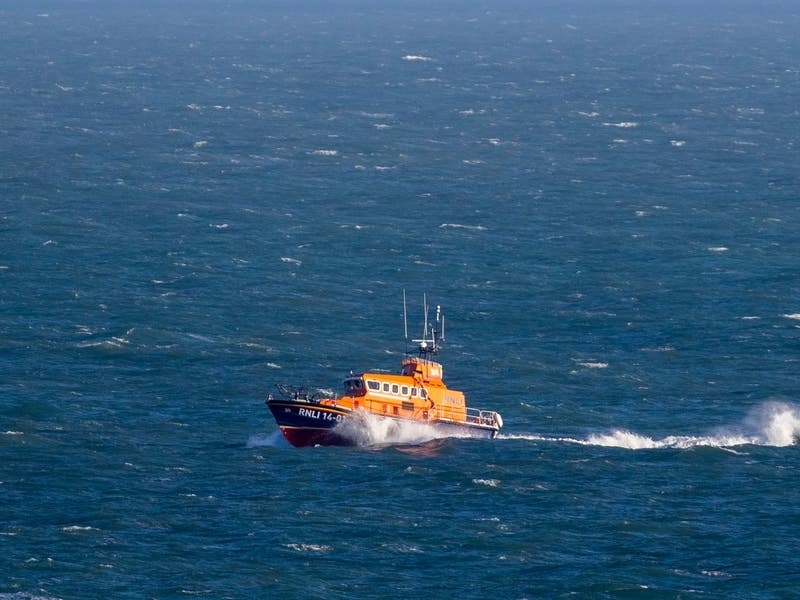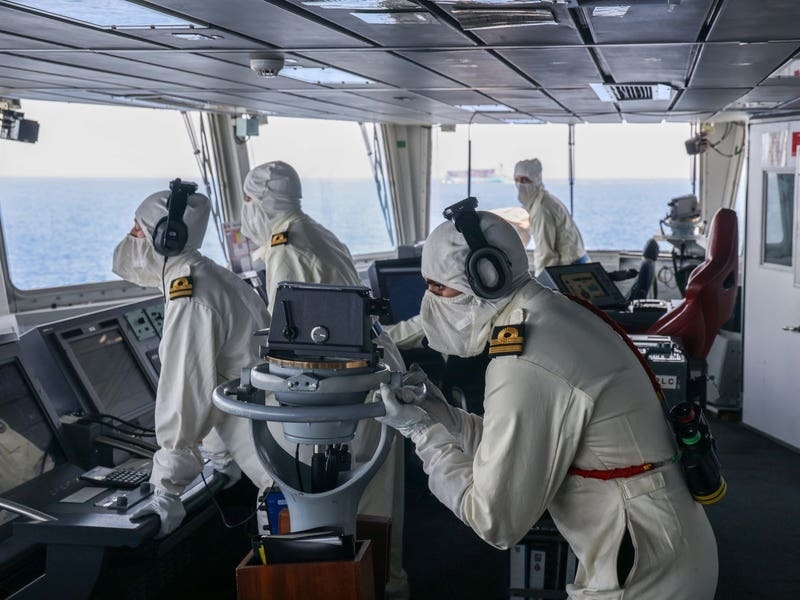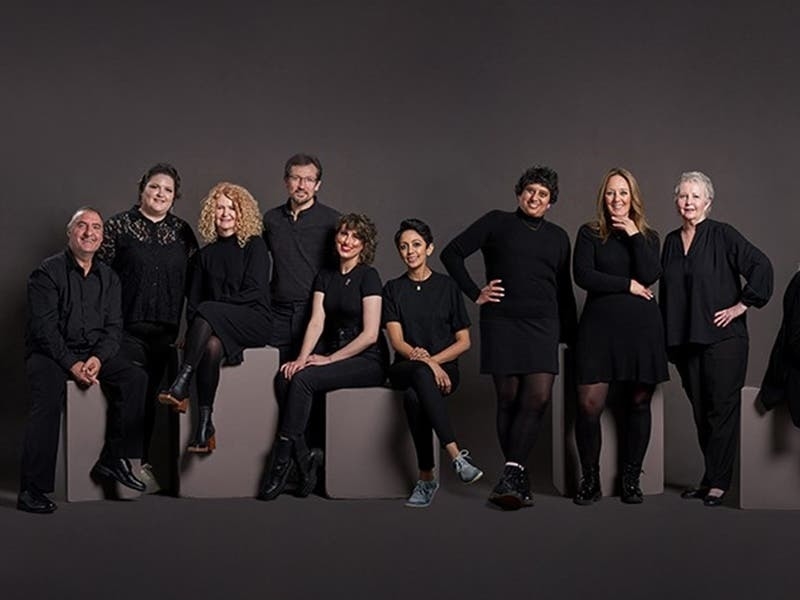Grenfell Tower was plagued by a “culture of non-compliance” with basic fire safety measures, a damning report has concluded.
Dr Barbara Lane, an expert commissioned by the Grenfell Tower inquiry, listed an astonishing series of shortcomings in the systems intended to mitigate fire risk.
Failure to abide by regulations were identified with the block’s lifts, ventilations systems, fire mains and fire doors.
These would have hindered the escape of residents on the night of the fire, as well as the effort to tackle the fire, while also worsening the spread of smoke.

Dr Lane wrote: “The number of non-compliances signify a culture of non-compliance at Grenfell Tower.
“I am particularly concerned about the maintenance regime of the active and passive fire protection measures.
“I note that multiple automatic systems such as the control of the fire lift and the smoke ventilation system, appear not to have operated as required.”
When the inferno took hold on June 14, fire doors at the entrance to all 120 flats “contributed significantly to the spread of smoke and fire to the lobbies”, she said.
In 2011, the Tenant Management Organisation – which ran the building – replaced 106 flat entrance fire doors. None of the doors on any of the 120 flats – including the 14 not replaced – were compliant with the fire test evidence relied upon at the time of installation, Dr Lane found.
During the fire it “would have materially affected the ability or willingness of occupants to escape independently through this space to the stair”.
The weakness of the fire doors would have also hindered the ability of firefighters to rescue many people on the tower’s upper floors.
Smoke leaked through gaps in the frames and some would probably not have self-closed after fleeing residents, allowing it to spread further.
The lobbies could therefore not be used as a “safe air environment” by the fire service bridgehead, forcing it to remain below level 4 until 7.30am.
“This greatly reduced the time available using breathing apparatus, and so the time available for rescue on the upper floors, and particularly above Level 15,” Dr Lane wrote.
The firefighters themselves may have contributed to the spread of fire and smoke into the stairwell by leaving doors ajar as they fought the blaze, she added.
In one particularly grim case, a firedoor leading to the stairwell was propped open by a body.
It is believed that the fire damage found in the stairwell between the “hot spot” of floors 13 to 16 was more likely due to doors being left open than the fire doors failing to perform.
Dr Lane wrote: “Current evidence indicates some of the stair doors were ajar as firefighting hoses were running from the stair into the lobby. However, I currently do not know the number of doors involved, nor which specific doors, nor for how long this opening may have occurred. I cannot yet conclude whether this made a significant contribution.”
The automatic air ventilation system in the building was also not “in accordance with current statutory guidance” and there was evidence it did not operate as intended, she added.
The lifts in the building similarly failed to perform effectively in the fire, hampering firefighter equipment transport and creating an “unnecessary risk” to residents who could not use it to escape.
For firefighters, the tower had a “dry fire main” – meaning the fire service had to pump it with its own water – that was “non-compliant with the design guidance in force at the time of the original construction and is also non-compliant with current standards”.
This stopped crews getting water to the upper floors as effectively as a wet main, which provides more pressure by being already charged with a pump that is connected when the service arrives.
Grenfell Tower was looked after by the TMO, which is expected to give evidence at the inquiry.






